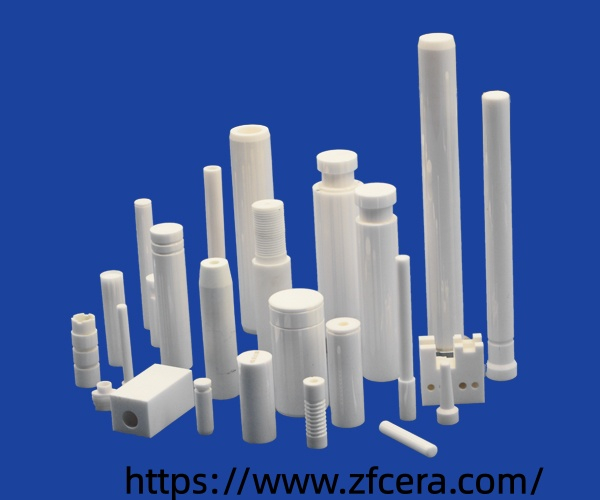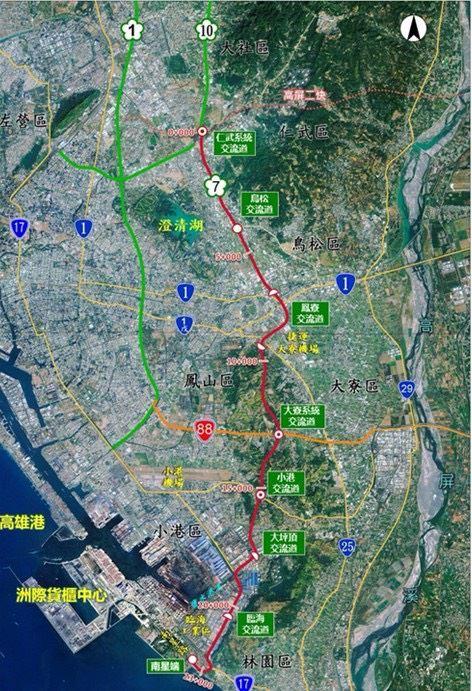Why Are Zhufa’s Ceramic Rods Trusted in Critical Applications?

In advanced material applications, Ceramic Rods represent precision, purity, and endurance shaped by continuous technological refinement. Their ability to withstand elevated temperatures, corrosive media, and mechanical stress has redefined how engineers design equipment for aerospace, electronics, and industrial systems. Each rod reflects a process where ceramic powders are formulated with precise control to ensure dense structure and dimensional accuracy. The result is a component that resists fatigue and deformation under demanding operational conditions, offering stability that strengthens modern engineering performance.
The growing reliance on engineered ceramics reflects a global transformation in materials science. Manufacturing sectors now focus on achieving efficiency without sacrificing quality or environmental responsibility. Ceramic injection molding technology enables this progress by combining fine powder metallurgy with polymer precision molding, creating uniform structures with minimal waste. During molding, temperature and pressure are carefully adjusted, forming components with consistent density and excellent surface quality. The transformation continues in sintering, where particles fuse into monolithic forms capable of resisting impact and thermal cycling.
Precision and purity define the reliability of ceramic components. Their chemical inertness prevents contamination during industrial and medical processes, supporting clean operations in vacuum systems and semiconductor manufacturing. This intrinsic resistance to wear and oxidation ensures long service life even in contact with aggressive chemicals. The ability to preserve strength at high temperatures further extends their function into turbine assemblies, energy systems, and precision analytical equipment. As industries pursue longer product cycles, ceramics emerge as vital assets for durable design.
The performance of injection molded ceramics is also linked to their microstructural harmony. Uniform grain distribution and controlled porosity minimize stress concentration and crack propagation. This micro-level control translates into macro-level stability, allowing parts to operate continuously under complex loads. Engineers value these properties when designing equipment that requires precise alignment, non-conductive surfaces, and zero distortion across temperature variations. Such control also contributes to improved mechanical consistency, forming the foundation for innovations in motion systems and scientific instrumentation.
Sustainability now shapes manufacturing priorities worldwide. Ceramic molding supports these goals through clean production processes and recyclable feedstock. Reduced post-processing minimizes energy usage and material waste, while precision tooling enhances consistency and performance. By optimizing each stage from powder preparation to final sintering, industries maintain environmental balance without compromising reliability. This approach establishes ceramics as essential materials in the global transition toward sustainable technology and responsible resource management.
The seamless integration of scientific design and manufacturing precision defines the new era of engineered ceramics. Through continuous refinement of molding, sintering, and inspection techniques, the industry achieves remarkable stability and functional diversity. From medical implants to high-voltage insulators, from analytical devices to mechanical actuators, each component represents human ingenuity expressed through material excellence. Discover how innovation in ceramic manufacturing continues to shape the standards of performance, sustainability, and precision through https://www.zfcera.com/ — a platform where expertise and reliability converge under Zhufa.




